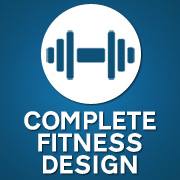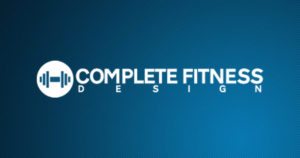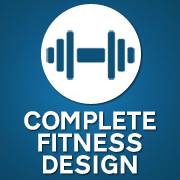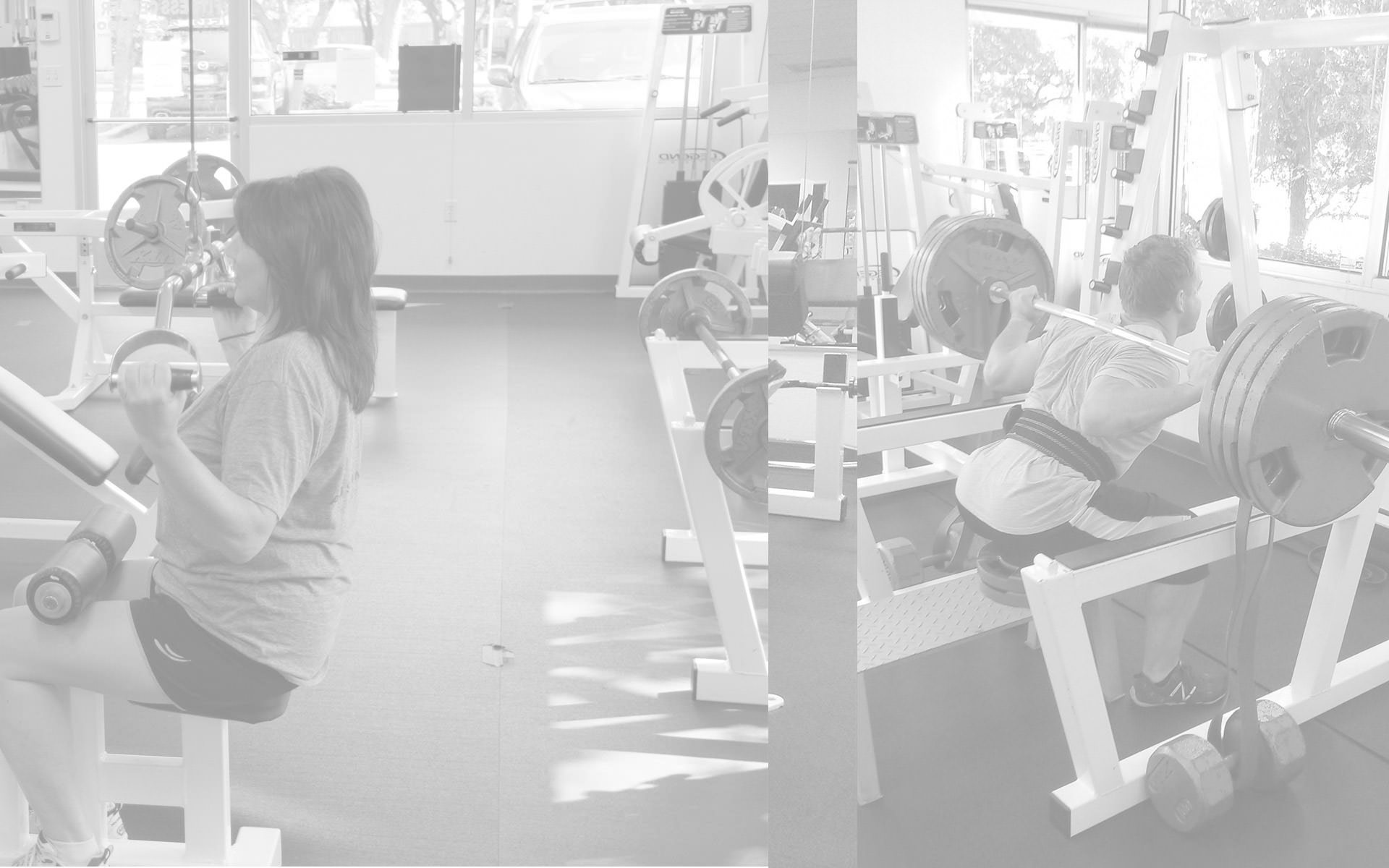Which Stretches Are The Best Stretches?
The other day my wife and I were at a friend’s dinner party relaxing and enjoying catching up with old friends, when a lady I’d just met asked me the generic question of what are the best stretches? One thing that I have accepted about my chosen profession is that I’m always going to have people throwing health and fitness questions at me. Even at dinner parties. When a friend of a friend learns that I’m a longtime Austin personal trainer and gym owner, the fitness questions start to flow. It’s inevitable, but if the interest level behind the question is high and sincere, I can’t complain, as I truly enjoy helping people. Usually, when people ask me fitness questions, they often tend to be centered around the inquisitor’s specific needs or interests. When they get generalized, however, they become a lot harder to answer in a generalized way because in health and fitness, there are very few generalizations that will apply to everyone.
Things need to be done on an individual basis in the fitness world, and stretching is absolutely no different. The best stretches are not necessarily the most popular ones, but rather the ones that most efficiently stretch out whatever it is you are targeting to lengthen. One way to look at it would be if you are doing a standing psoas stretch, for example, and you feel it in your adductor muscles (the inner thigh). While you may be targeting the hip flexor called the psoas, you are imbalanced in your own way just enough so that you are getting more of a stretch on the adductors than the psoas. Does this mean it’s a bad stretch? Of course not. It simply is a way for you to stretch the adductors until you are able to reach the psoas.
Another thing to consider when searching for the best stretches, is technique. I can’t begin to tell you how often I have seen people doing the standing quadricep stretch incorrectly. People lean their body forward, flare the leg out to the side, and so on. All of this misdirection of movement is taking away from the efficiency and effectiveness of the stretch to the intended area, while not helping any other area, as mentioned previously.
If you want to find the best stretches, the first thing to do, is to figure out what exactly needs to be stretched. This sounds simple enough, but it’s not always as intuitive as one would imagine. Our perception of pain and imbalance is skewed as humans. We focus on the most painful malady and consider not a lot of other things. Once we realize the affected area has improved and feels better, t is then that we realize other areas have been effected by the initial trauma in the first place as well. When seeking the best stretches, keep this in mind. You may feel like your back is tight and in need of lengthening, but the root cause could well be the iliopsoas and gluteal muscles being tight, and not so much your back at all. Knowing how the body is put together is tremendously advantageous in this arena. If you’re a little behind on your anatomy, pull out a tennis or lacrosse ball, and roll around on it a little if you have a tight back. Put it under your gluteal muscles and feel what I’m talking about. Only once you are able to ascertain what all is ailing you, can you begin to systematically fix it.
Ready to Get Started?

Andy

Latest posts by Andy (see all)
- Workout Motivation: How To Get Motivated To Work Out - March 9, 2022
- Body Fat Types: Subcutaneous and Visceral Fats - June 1, 2019
- Why Diets Work If You Stick With Them - April 1, 2019






